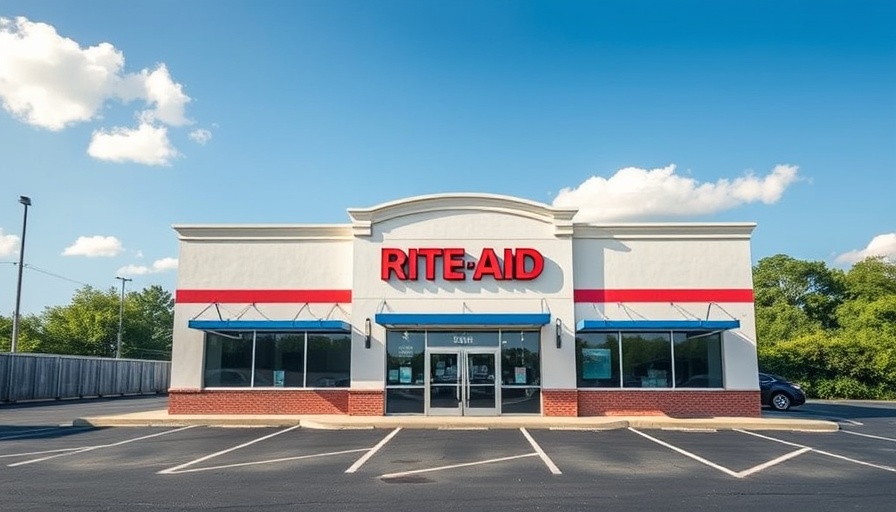
Rite Aid’s Second Chapter 11 Bankruptcy: What It Means for Consumers
Rite Aid, a familiar name in the drugstore landscape, has filed for Chapter 11 bankruptcy just eight months after emerging from its previous bankruptcy proceedings. The move underscores the mounting pressure that the retail pharmacy sector is currently facing amid swiftly changing dynamics and heightened competition. With plans to sell itself during this process, Rite Aid aims to navigate this precarious situation while maintaining its operations for loyal customers.
Understanding the Broader Context of Retail Healthcare
Rite Aid’s current predicament is not an isolated incident. The retail pharmacy industry has been challenged by various factors, including increasing competition from online giants like Amazon and changes in healthcare delivery models. As healthcare consumers seek more convenient and cost-effective options, traditional drugstore models have had to adapt—a task that has proven difficult for many.
Responsibility During Transition: Impact on Employees and Patients
Amid these challenges, Rite Aid has made it clear that it intends to continue serving its customers throughout the restructuring process. The retailer has committed to ensure that employees involved in transferring customer prescriptions to other pharmacies will maintain their pay and benefits. This is crucial not only for the workforce but also for the customers who rely on consistent pharmaceutical care.
Future Predictions: Can Rite Aid Survive?
The retail pharmacy market is evolving, and the fate of Rite Aid may hinge on its ability to pivot effectively in this context. As the company seeks new buyers, it remains to be seen whether it can reinvent itself sufficiently to thrive in a transformed marketplace. Continuous adaptation, along with strategic partnerships, may provide pathways for revitalization.
Final Thoughts: Navigating Change in Retail Healthcare
For consumers, this announcement signifies a need to stay informed about their pharmaceutical options. Whether one frequents Rite Aid or any other drugstore, understanding the shifts in the retail health landscape can empower individuals to make choices that align with their wellness goals. Consumers are encouraged to diversify their healthcare providers to ensure continuity of care and access to necessary medications, particularly as the retail scene continues to evolve.
 Add Row
Add Row  Add
Add 




 Add Row
Add Row  Add
Add 



Write A Comment